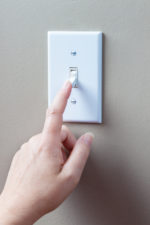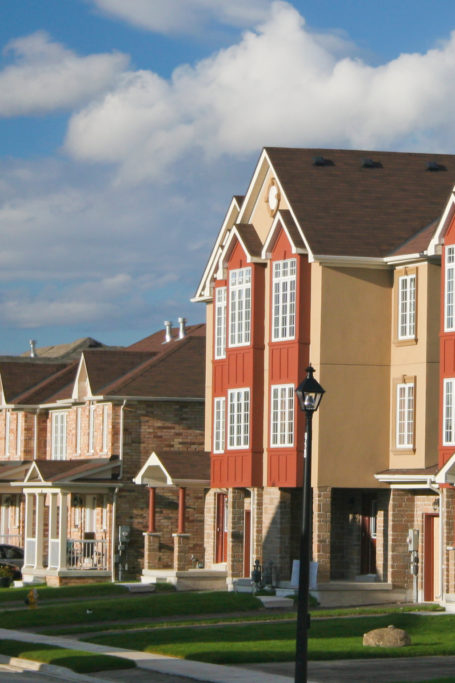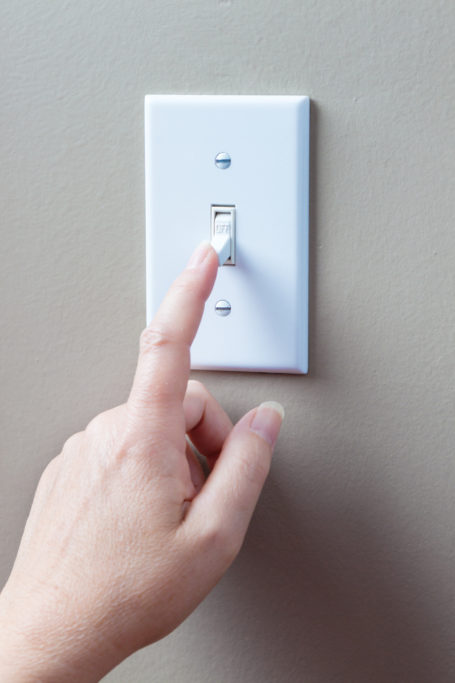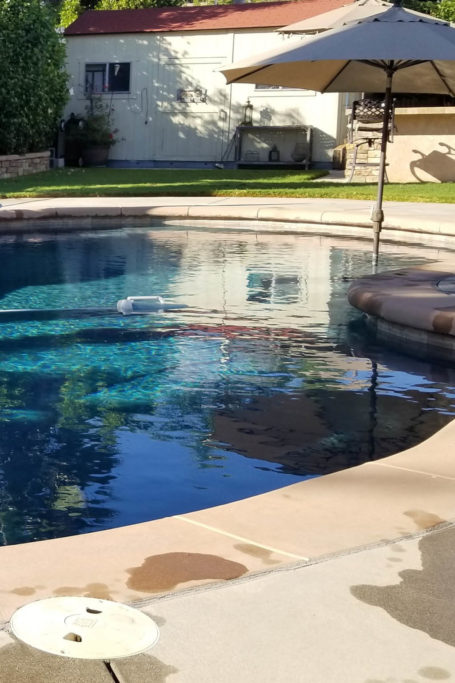HELOC vs. Home Equity Loan: A Deep Dive into HELOCs
It can be confusing to understand the difference between a home equity loan and a home equity line of credit (HELOC). In this two-part series, we’ll dive into the basic characteristics of each one, starting with HELOCs.
The better you understand their requirements and main advantages and disadvantages, the better you’ll be able to determine which is right for you. Though both loans allow you to borrow money against the equity in your home, there are some key differences between the two.
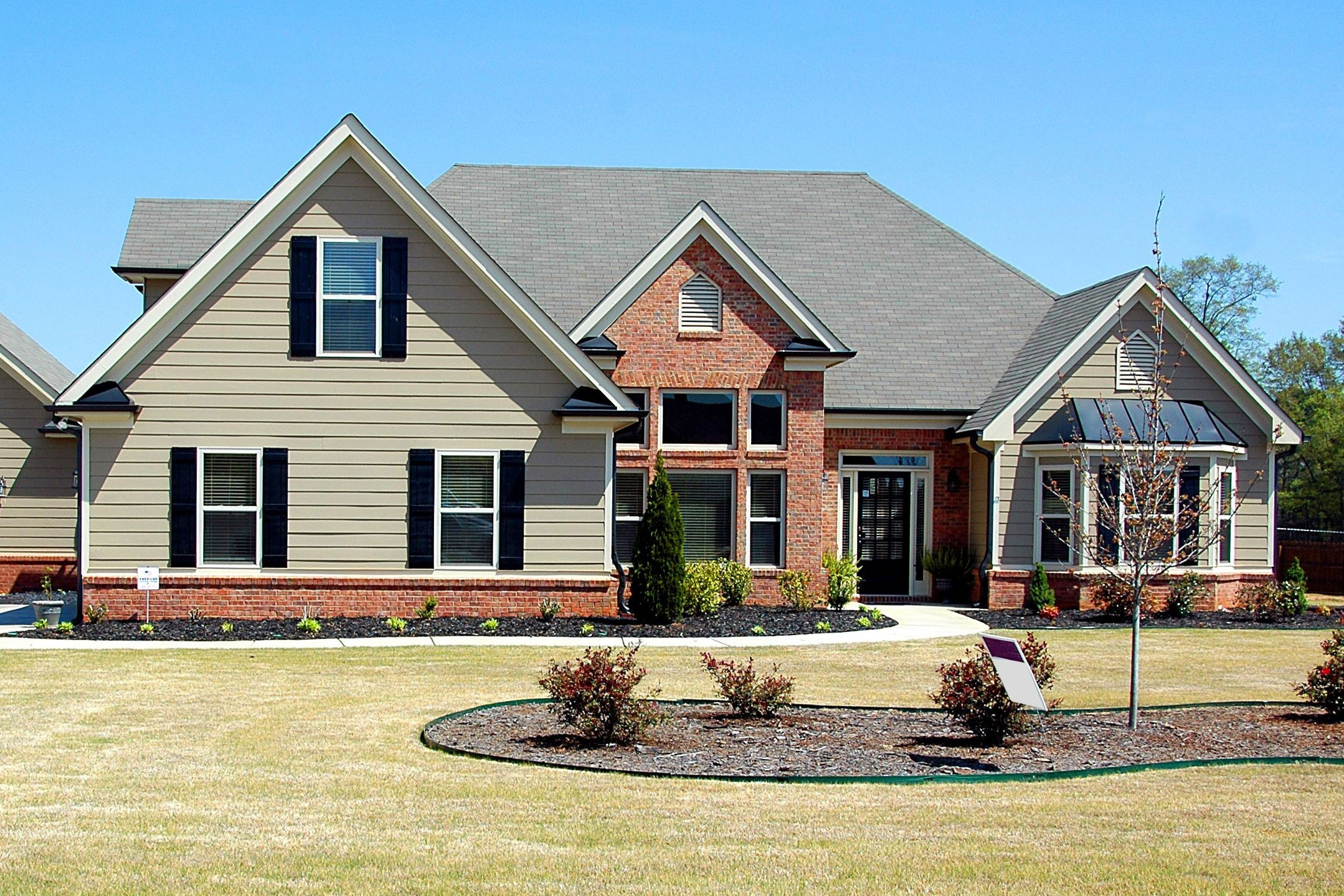
What’s the difference?
A home equity loan is a second mortgage that allows you to borrow money against the equity in your home or the difference between the value of your home and the amount owed on your mortgage. It’s typically a fixed-rate loan, which means that the interest rates and payments will not change over the life of the loan. The lender usually disperses it in one lump sum, and you’re required to make monthly payments toward both the principal and interest until the loan is repaid.
Like a home equity loan, a HELOC allows you to borrow money against the equity in your home. However, HELOCs are typically revolving credit lines, so as with a credit card, you can borrow money up to your credit limit, repay some or all of it, and then borrow again for a set number of years. Whereas credit cards are unsecured, a HELOC is secured by your home’s asset. Also, unlike home equity loans, while fixed-rate options are available, HELOCS usually come with variable interest rates.
A deeper look at HELOCs
As noted above, HELOC is a flexible loan that uses your home’s equity as collateral. The amount you can borrow is based not only on your home’s equity but also on your credit score and debt-to-income ratio. HELOCs also come with lower interest rates than credit cards and personal loans. As long as you make the minimum monthly payments, you can repay as you wish and borrow more money as you need it.
A HELOC may be the perfect solution for your financial situation. However, it’s best to consider the following questions before entering into this type of loan agreement.
- What do you plan to use the money for?
- Is there enough equity in your home to qualify for a loan?
- What are the loan and payback terms?
- Will you be able to afford the monthly payments if the interest rate goes up?

The two phases of a HELOC
If you’re considering applying for a HELOC, it’s important to understand the difference between the draw period and the repayment period. If you have any questions, you should consult with a financial advisor.
Phase 1: Draw period
During this first phase, which usually lasts for five to ten years, you’ll be able to borrow as much as you want up to your credit limit, and you’ll only have to make the minimum, interest-only monthly payments based on the amount of money you have withdrawn from your account. For instance, if your credit limit is $25,000 and you borrow only just $10,000, the interest charged would be based on just $10,000.
Phase 2: Repayment period
After the draw period ends, the repayment period begins. During this phase, the HELOC operates more like a traditional loan whereby you will need to make monthly payments toward both the principal and the interest. Based on the term of the HELOC will determine when the payoff must be completed.
Upsides of a HELOC
HELOCs have certain advantages over other types of consumer debt, such as credit cards and personal loans.
Flexibility
Unlike with other types of loans, the draw period of a HELOC puts you squarely in the driver’s seat—it’s up to you how much you borrow based on your needs, and you have the option of making principal payments to lower your balance for when repayment begins.
Longer repayment periods
Repayment periods of ten to twenty years while personal loans’ repayment periods are only about two to five years.
Minimal origination fees
Lenders charge origination fees to process your loan application, but they tend to be lower for HELOCs than other loan types such as a home equity loan or cash-out refinancing. Though they vary by lender, these fees typically range from 0.5 to 5 percent of the loan amount.

Drawbacks of a HELOC
With any financial commitment comes with a certain amount of risk. Therefore, when deciding if HELOC is right for you, it’s best to consider all the risk factors before signing on the dotted line.
Interest rate
The interest rate on your HELOC will most likely be variable. Many lenders tie the HELOC interest rate to the prime rate, which means that your interest rate is adjustable and can go up or down over time. If the monthly payment rises, it could make the loan less affordable.
Prepayment penalties
Some lenders charge fees for paying off your HELOC balance early, so ask your lender in advance about the terms and conditions of your loan. These fees can sometimes be hidden in the fine print of the loan agreement.
Closing costs
As with any loan, closing costs are inevitable. Though they tend to be slightly lower than primary mortgages, HELOC closing costs can still range from 2 to 5 percent of the loan amount. Be sure to inquire with the lender about what the expected costs will be so there are no surprises in the end.
Loan default
Since a HELOC is secured by your home’s collateral, it’s essential to assess if you can afford the additional payments—if you default on your loan, the lender can repossess your home.
Deciding on whether to get a HELOC will depend on your circumstances and financial goals. If you have a good credit score and a significant amount of equity in your home. It can be a good option for financing home improvements, consolidating debt, or taking care of other expenses.










